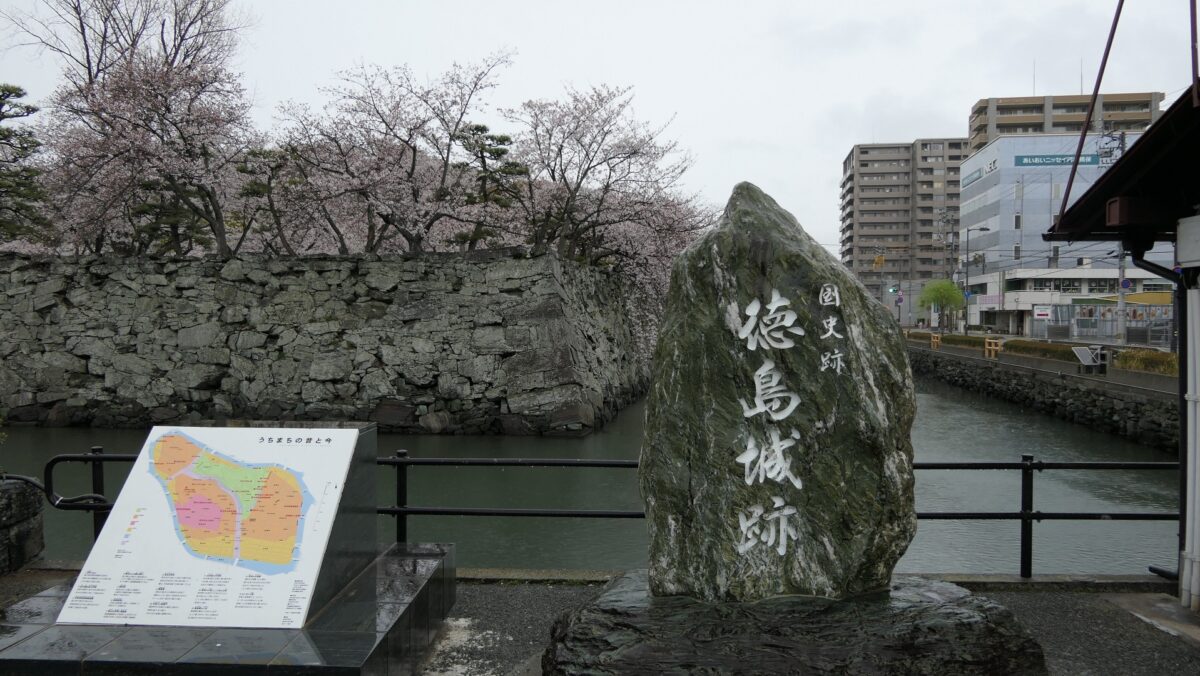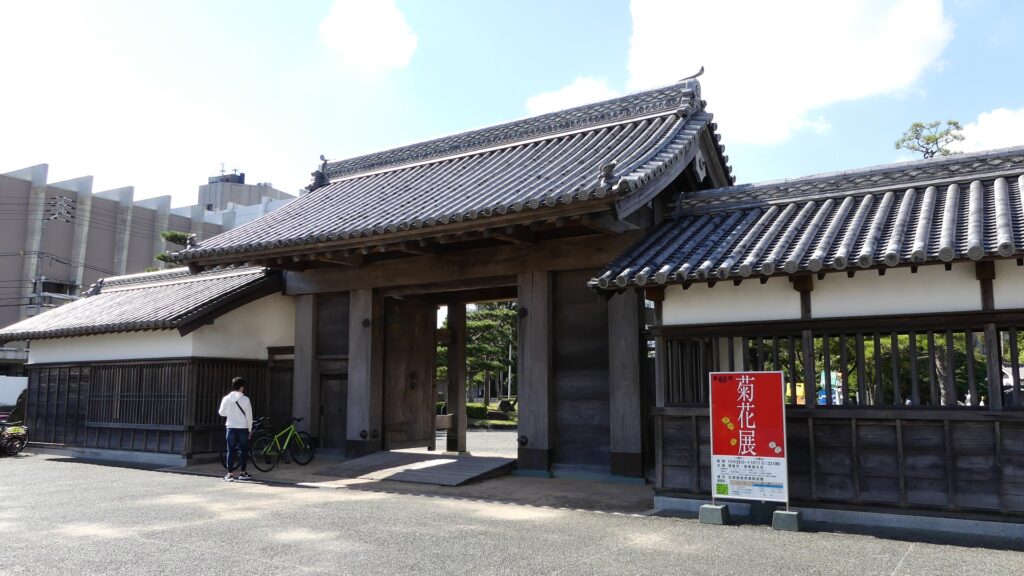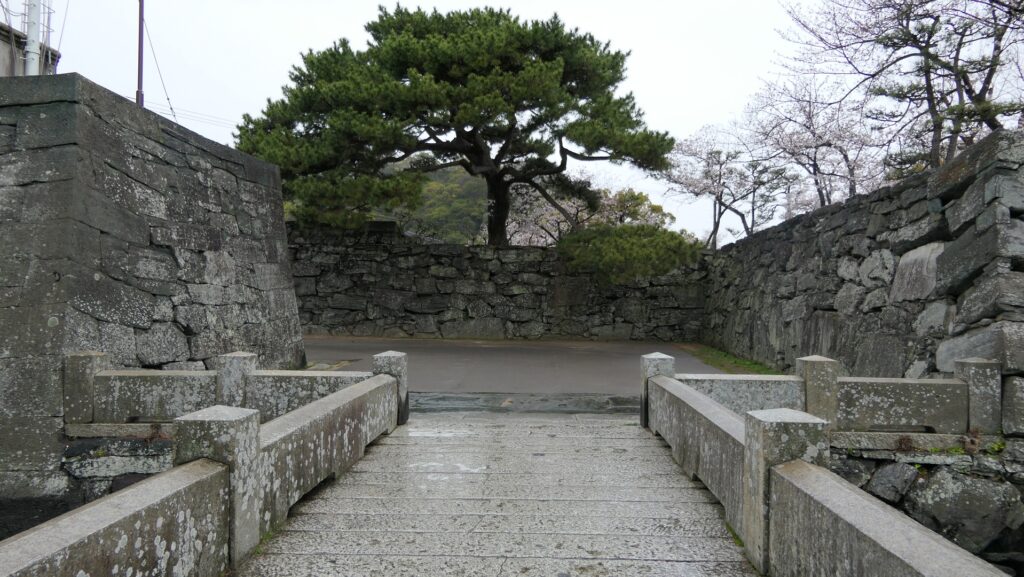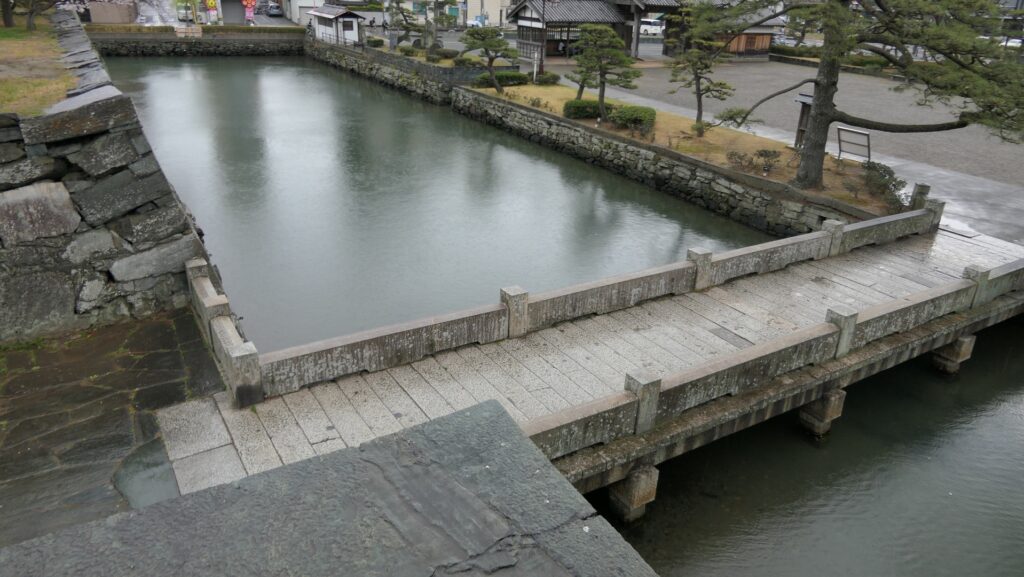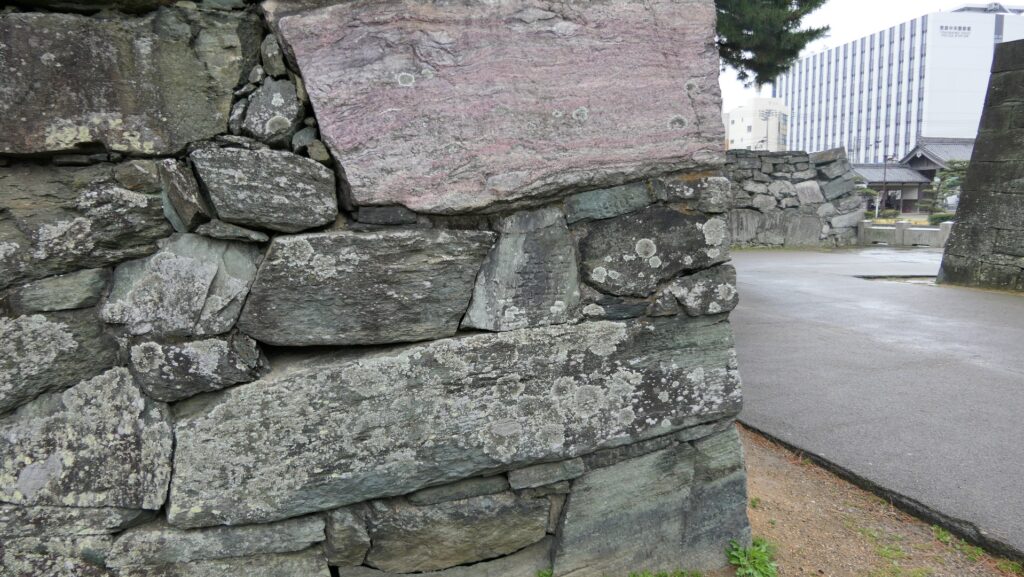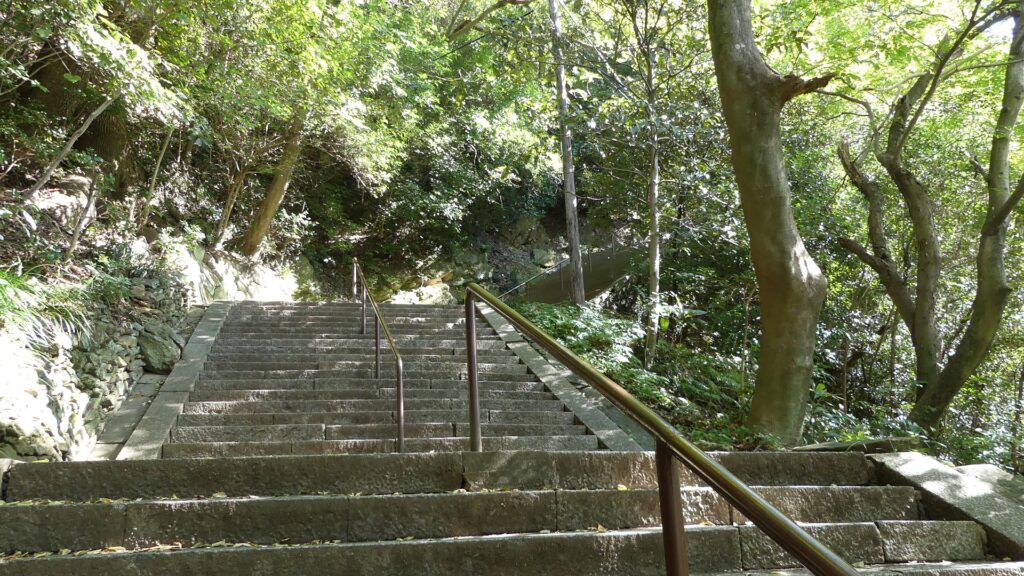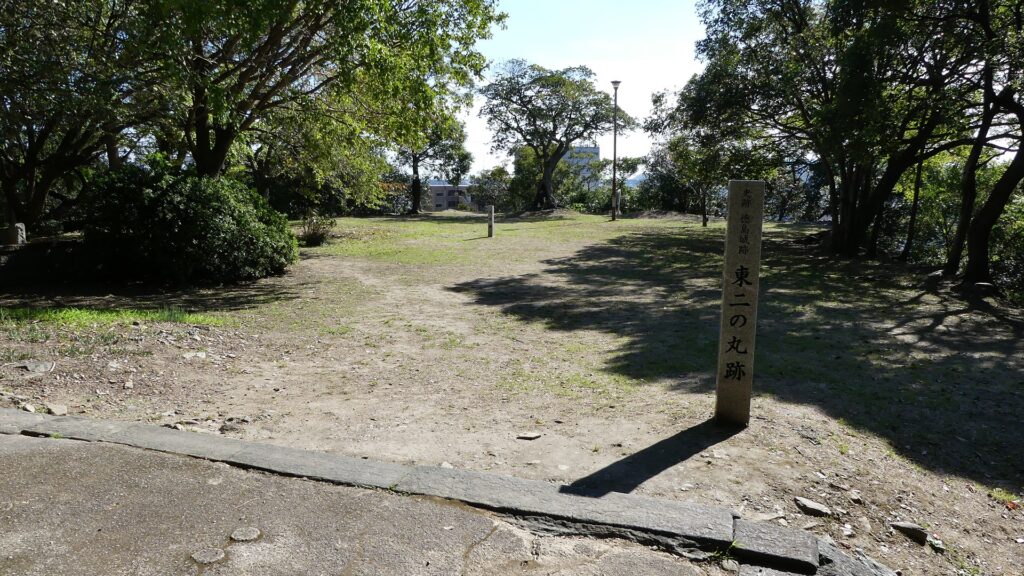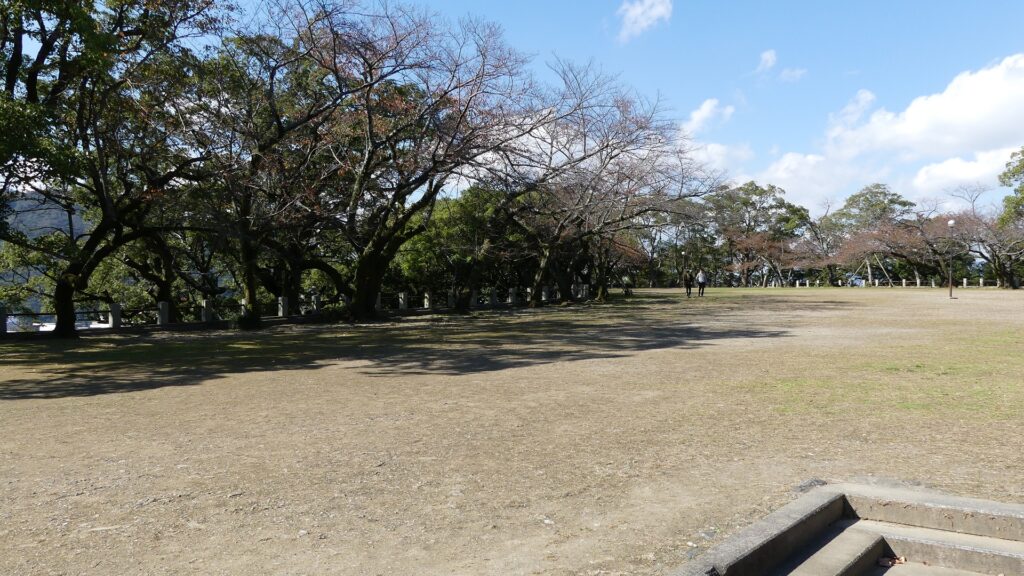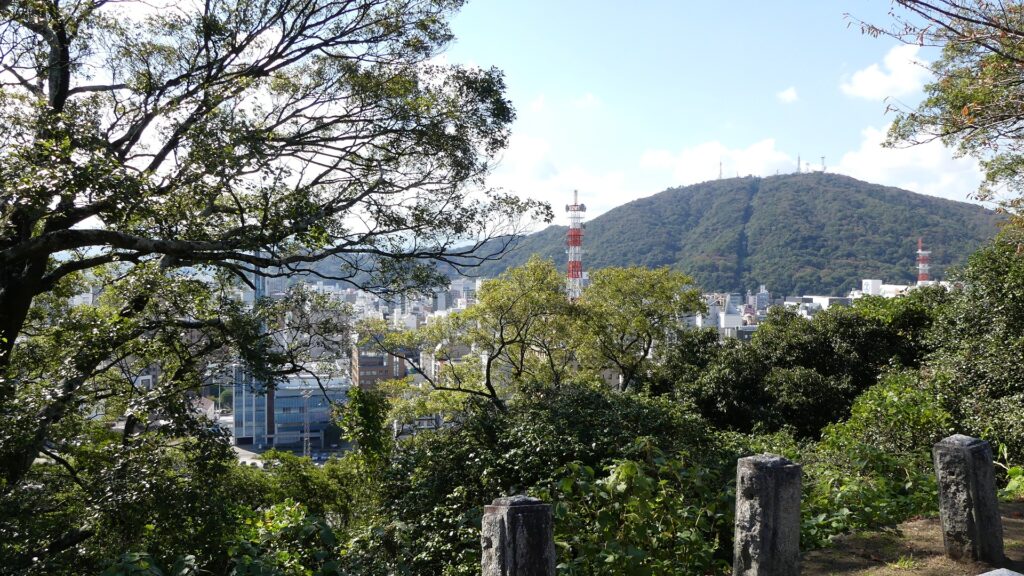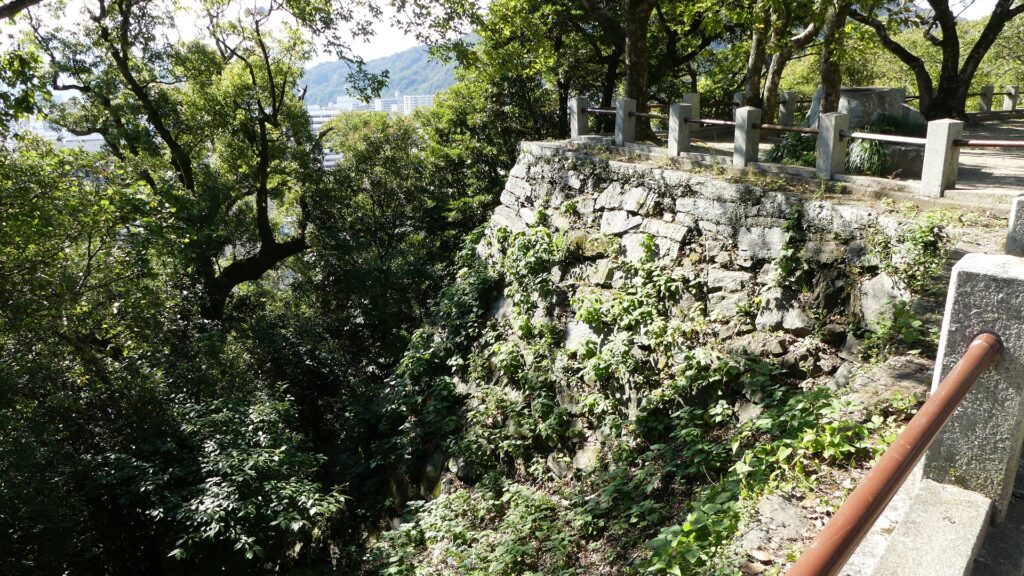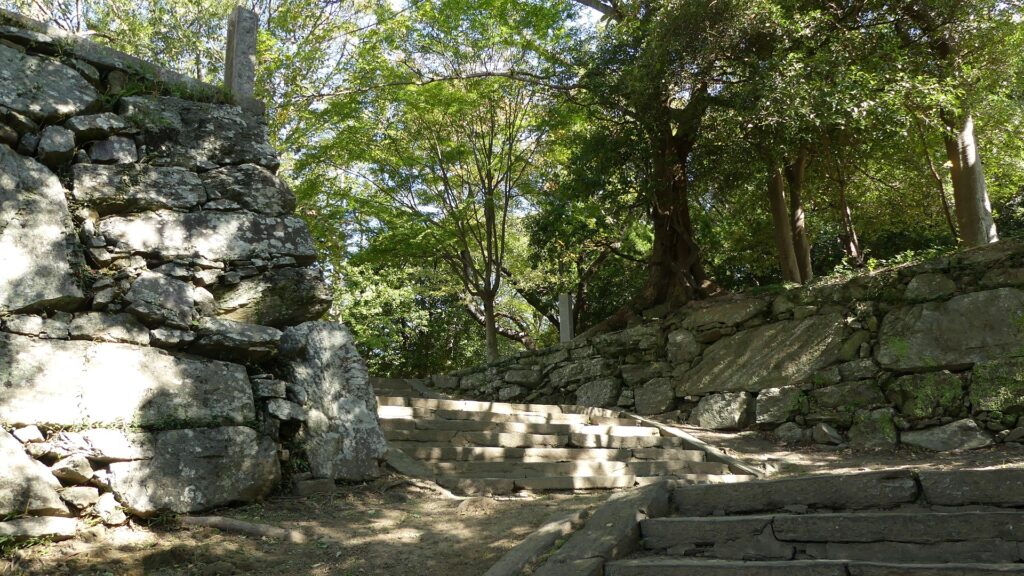Later History
After the Meiji Restoration, all the buildings of Tokushima Castle excluding the Washi-no-mon Gate were eventually demolished. The gate building unfortunately burned down due to the Great Tokushima Air Raid in 1945, but was eventually restored in 1989. The Terashima-gawa River beside the castle was mostly reclaimed and converted into the railway. On the other hand, the ruins of the castle has been opened to the public since 1910. They were also designated as a National Historic Site back in 2006.
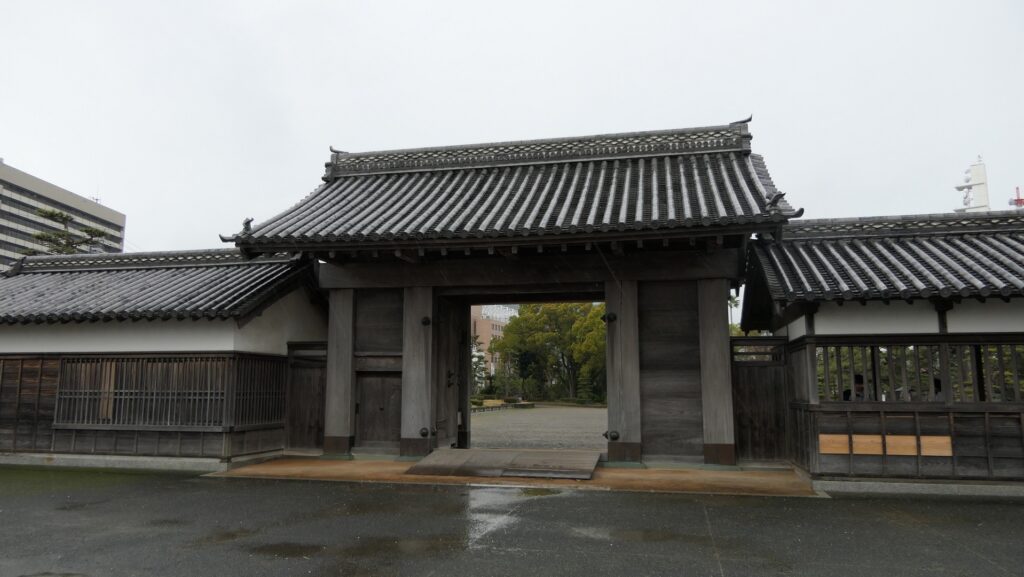
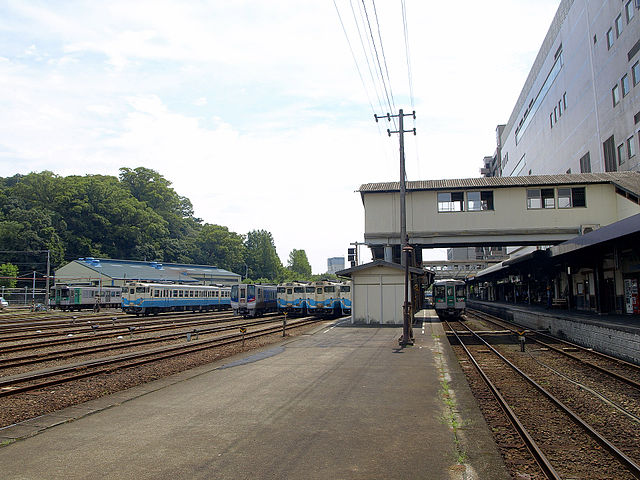
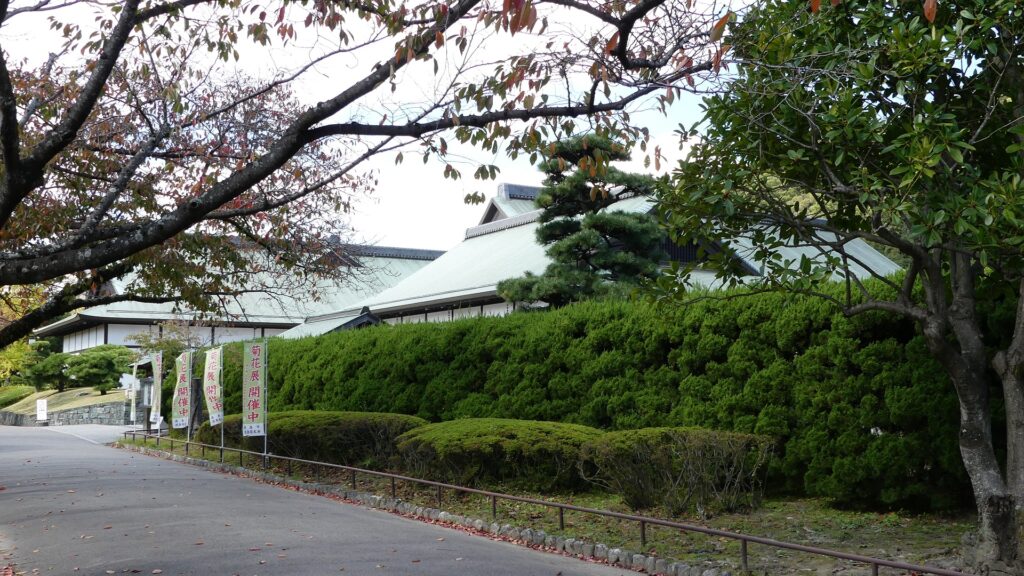
My Impression
Even if you are planning to only see the stone walls, it is worth it. I have also learned that the castle had been changing although only the Hachisuka Clan built and maintained the castle for a long time. In addition, it was said that the famous Awa Dancing Festival in Tokushima City originated from Tokushima Castle. The founder of the castle, Iemasa Hachisuka motivated people to dance as they like to celebrate the completion of the castle. Today, The dance team continues to use the mountain to practice to this day.
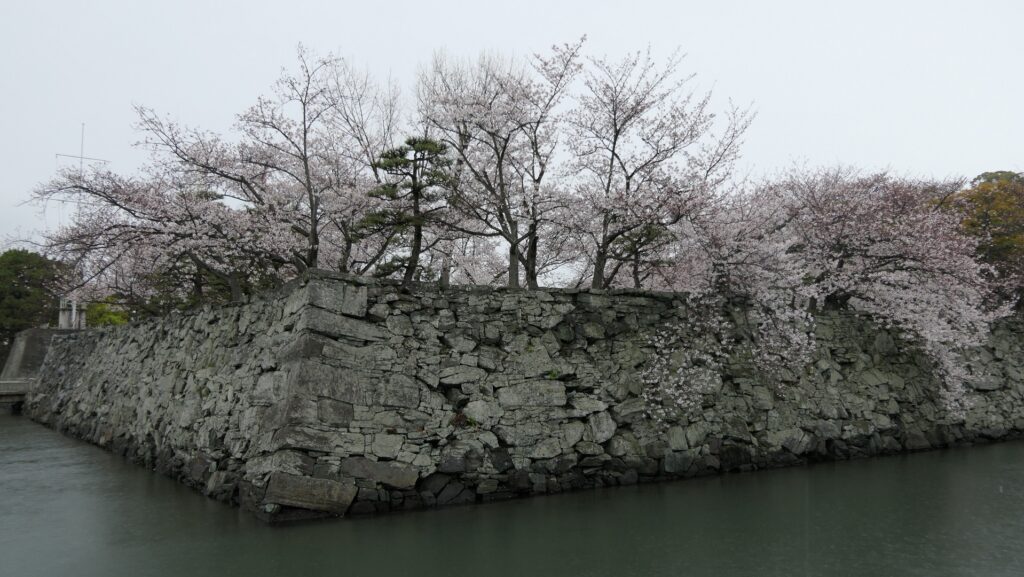
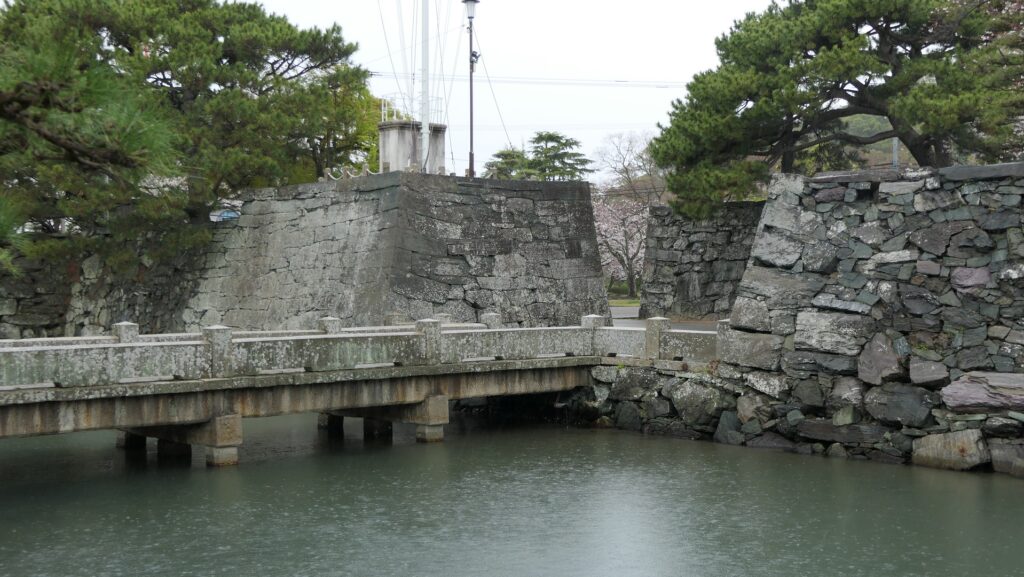

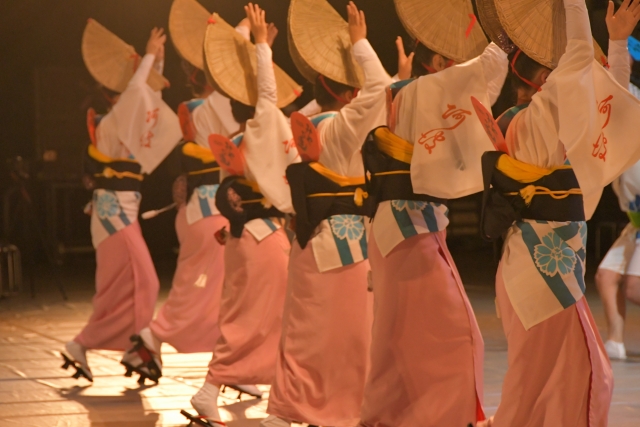
How to get There
If you want to visit there by car:
It is about 20 minutes away from Tokushima IC on the Tokushima Expressway.
The park offers a parking lot.
By train, it is about 15 minutes away from JR Tokushima Station on foot.
If you go there from Tokyo or Osaka, I recommend using a plane or an express bus.
Links and References
・The Tokushima Castle Museum, Tokushima City
That’s all. Thank you.
Back to “Tokushima Castle Part1”
Back to “Tokushima Castle Part2”

